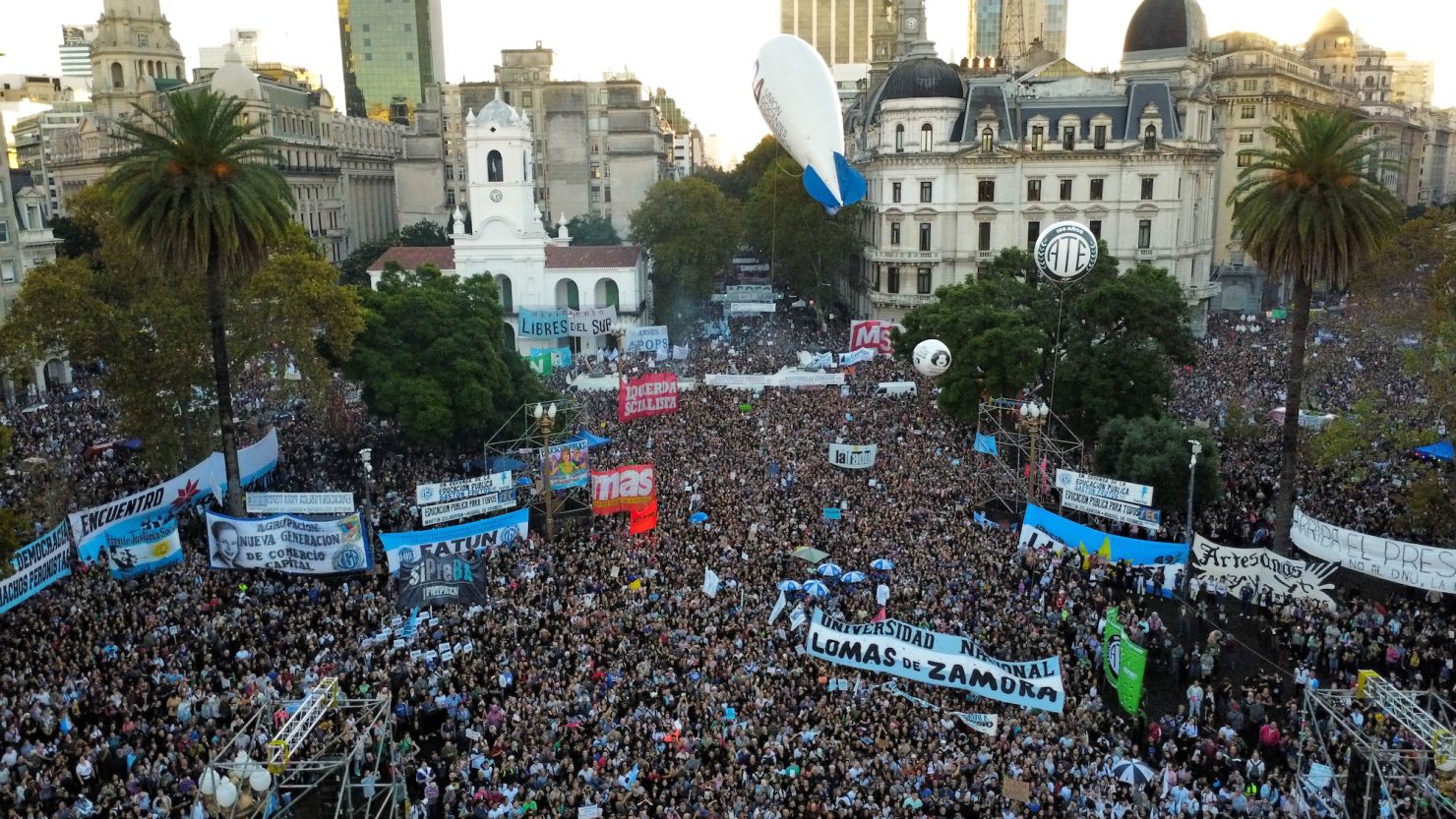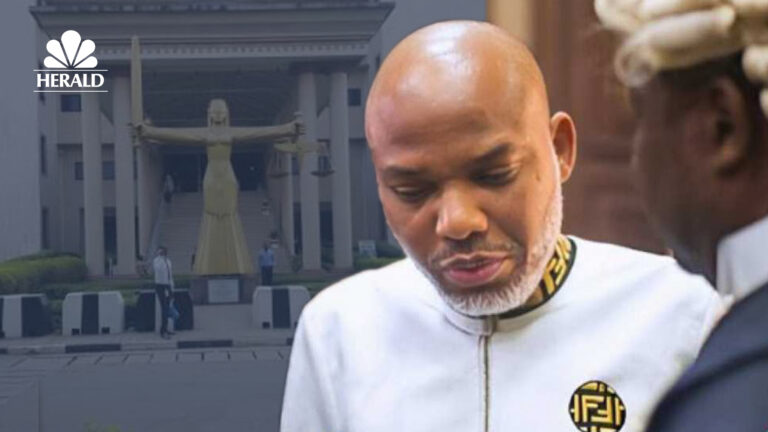Protests in Argentina Over Austerity Measures Spark Nationwide Outrage

In 2025, protests in Argentina over austerity measures have reached unprecedented levels as the country faces a severe economic crisis. Inflation is soaring, the cost of living is skyrocketing, and many citizens bear the burden of strict government policies aimed at reducing the national deficit. These austerity measures—such as deep cuts to social programs, increased taxes, and reductions in public sector wages—have ignited widespread anger and frustration among the populace.
The ongoing economic crisis in Argentina, driven by years of rising debt and a declining economy, has resulted in significant public unrest. Citizens are expressing their dissatisfaction on the streets, with major protests erupting in cities like Buenos Aires, Córdoba, and Rosario. As the nation’s economic woes deepen, these protests have become a regular occurrence in Argentina.
Inflation and Protests in Argentina 2025: A Nation on Edge
Argentina’s economic crisis and austerity protests have become inextricably linked as the government’s financial policies heavily affect the population. As inflation accelerates, the purchasing power of Argentine families is shrinking at an alarming rate. Essential goods, including food and fuel, are becoming increasingly expensive, leading many to struggle to meet basic needs.
In response to soaring inflation and a stagnant economy, the government has imposed measures to control the deficit, including reducing subsidies for basic services and raising taxes. However, these policies have only deepened the public’s frustration, as many see them exacerbating the crisis rather than solving it.
For ordinary citizens, the pain is palpable. Grocery prices have skyrocketed, and wages are no longer sufficient to cover the rising cost of living. The country’s inflation rate has reached new heights, with some estimates predicting a rate of over 100% by the end of 2025. This economic hardship has triggered protests across Argentina, with citizens taking to the streets to demand change.
The Deepening Economic Crisis and Austerity Protests in Argentina
The austerity protests in Argentina reflect a larger economic crisis that has gripped the country for years. Argentina’s economic history is marked by cycles of inflation, devaluation, and debt crises, but the current situation is particularly dire. The government’s decision to impose austerity measures was part of an agreement with international lenders, including the International Monetary Fund (IMF), to restructure Argentina’s significant debt burden.
However, these measures have proven unpopular among the population. Protests began in 2024 and have only grown in intensity throughout 2025. The protests are not just about the specific measures implemented by the government but also about the broader economic conditions that have led to rising poverty and inequality. Many Argentinians are asking why they are again asked to shoulder the burden of austerity after so many years of economic hardship.
For many, the cost of these policies is too high. With the government cutting spending on vital social programs such as healthcare, education, and housing, the most vulnerable sectors of society are bearing the brunt of the austerity measures. Protests have grown more widespread and vocal, with unions, student groups, and political activists leading the charge. The nation’s capital, Buenos Aires, has seen some of the largest demonstrations as citizens call for the resignation of key government officials and demand an end to austerity policies.
The Government’s Response to Protests: A Deteriorating Situation
The Argentine government has faced mounting pressure to address the population’s grievances. In response to the protests, the government has promised to implement specific reforms, including targeted relief for the most vulnerable citizens. However, critics argue that these measures are insufficient and that the government has not done enough to address the root causes of the economic crisis.
The government has also sought to ease the unrest by negotiating with international creditors and making concessions to avoid further debt default. However, these negotiations have proven difficult, as the IMF and other international lenders have clarified that they expect austerity measures to continue in exchange for additional financial assistance.
Despite the government’s efforts, the economic situation shows little sign of improvement. Inflation continues to rise, and poverty levels remain high. As a result, protests will likely continue for the foreseeable future, with no clear resolution in sight.
A Nation Divided: The Political Dimensions of the Protests
The protests in Argentina are not only about economic hardship but also reflect deepening political divisions within the country. Political parties are taking sides as the government struggles to address the crisis. On one side, pro-government supporters argue that austerity is necessary to stabilize the economy and avoid further financial collapse. On the other side, opposition parties and social movements argue that the government’s policies are exacerbating the crisis and pushing millions of Argentinians deeper into poverty.
These political divisions have made finding a unified solution to the crisis difficult. While some have called for a change in leadership, others believe that the current government is the only option for managing the country’s complex economic situation. The protests reflect Argentina’s broader political instability as citizens struggle to find a way forward in a time of deep economic uncertainty.
The Outlook for Argentina’s Economic Future
The future of Argentina’s economy remains uncertain. As inflation spirals out of control and protests spread across the country, it is unclear whether the government can implement effective solutions. The economic crisis shows no signs of abating, and the social unrest that has resulted from austerity measures is likely to continue.
While some hope that the government will take steps to address the root causes of the crisis, others believe that a new approach is needed. The ongoing protests in Argentina are a stark reminder of the devastating impact that austerity measures can have on ordinary citizens, and they highlight the challenges of balancing fiscal responsibility with social justice.
For now, Argentina remains at a crossroads. As inflation and economic hardship continue to affect the population, the government faces a difficult task: finding a way to stabilize the economy without further exacerbating the crisis. The protests in Argentina are a clear sign that the people are demanding change, and how the government responds will determine the nation’s future.
About the Author
DURU SUNNY-GEORGE
Administrator
Duru Sunny George is a Media Practitioner | Journalist | Cinematographer | Photographer | Lecturer - popularly known as DSG, is a versatile media entrepreneur and educator. He is the Founder & CEO of DSG STUDIOS, DSG HERALD NEWS, and DSG RADIO, leading platforms in journalism, photography, cinematography, and digital broadcasting.




